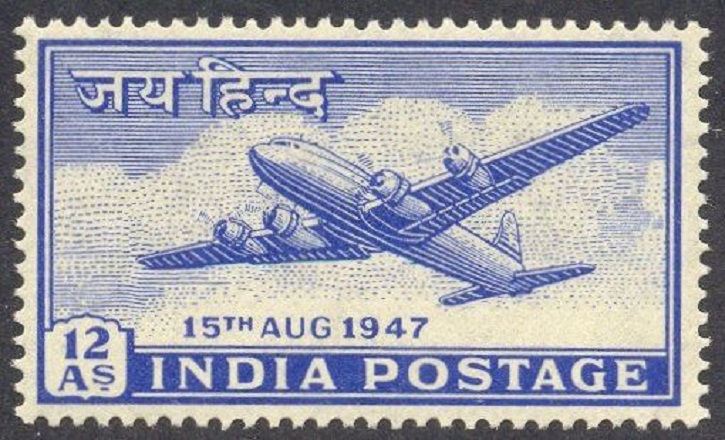When you think of significant milestones in the world of communication, the development of the telegraph, telephone, or the internet might come to mind. However, an often overlooked but pivotal invention was the humble postal stamp. Its introduction changed the course of postal history, democratizing written communication for all classes of society.

Table of Contents
The Birth of the Adhesive Stamp
Before the invention of the adhesive stamp, the process of sending mail was cumbersome and often expensive for the recipient. It was they who had to bear the cost of the letter, not the sender. This system led to a lot of refused letters and operational inefficiencies for postal services.
It was Sir Rowland Hill, an English educator and reformer, who proposed the idea of an adhesive piece of paper that could be prepaid and affixed to mail. His idea came to fruition in 1840 with the issuance of the world-famous “Penny Black” in the United Kingdom. It featured a young Queen Victoria and was priced at a penny, making it affordable for the masses. It was an instant hit and marked the beginning of a new era in the world of mail.
Stamps Across Continents
Seeing the success of the “Penny Black”, countries around the globe were quick to adopt this ingenious system. Brazil introduced its “Bull’s Eyes” stamps in 1843. The United States rolled out its stamps in 1847, featuring Benjamin Franklin and George Washington. By the mid-19th century, the majority of nations had embraced the stamp system, each imprinting its own cultural, political, or historical icons onto these tiny pieces of adhesive paper.
Stamps as a Reflection of Culture and History
As countries began producing more and more stamps, they evolved from mere postage utilities to miniature canvases reflecting the identity, history, and values of a nation. Stamps showcased everything – from leaders, historic events, and national monuments to flora, fauna, and artistic achievements.
During times of political upheaval or regime changes, stamps often acted as tools of propaganda. For example, during World War II, various countries used stamps to rally public support, showcase military might, or propagate ideologies.
Philately: The Art of Stamp Collecting
With the proliferation of stamps, a new hobby emerged – philately, or stamp collecting. Philatelists, as stamp collectors are known, began cataloging, trading, and cherishing these tiny art pieces. Special editions, misprints, or stamps from geopolitically significant periods could fetch high prices and became treasured collectors’ items. For many, philately was more than just a hobby; it was (and still is) a serious investment. Even in our digital age, the charm of stamp collecting endures.
In an increasingly interconnected world, platforms like https://bitcoincasinos-au.com/ not only provide entertainment and digital currency transactions but can also act as virtual meeting spaces for niche communities, including philatelists, to discuss, trade, and showcase their collections.
Also Read: Stamp Collections as Literary Muse: How Philately Inspires Personal Essays
The Digital Shift
With the rise of electronic communication, the volume of traditional mail has significantly decreased. However, postal stamps are far from obsolete. They remain a powerful tool for postal services to commemorate events, promote tourism, and even raise awareness about global issues. Many modern stamps now incorporate augmented reality features, QR codes, and other digital integrations, bridging the gap between the tangible and digital realms.
In conclusion, the history of postal stamps is a testament to human innovation and the constant quest for better communication. From the “Penny Black” to digitally-enhanced modern stamps, these adhesive labels have transformed the way we perceive mail. They’ve transitioned from a functional utility to a reflection of our culture, history, and even our values. In a world teeming with fleeting digital messages, the tactile and enduring nature of stamps remains a cherished constant.


